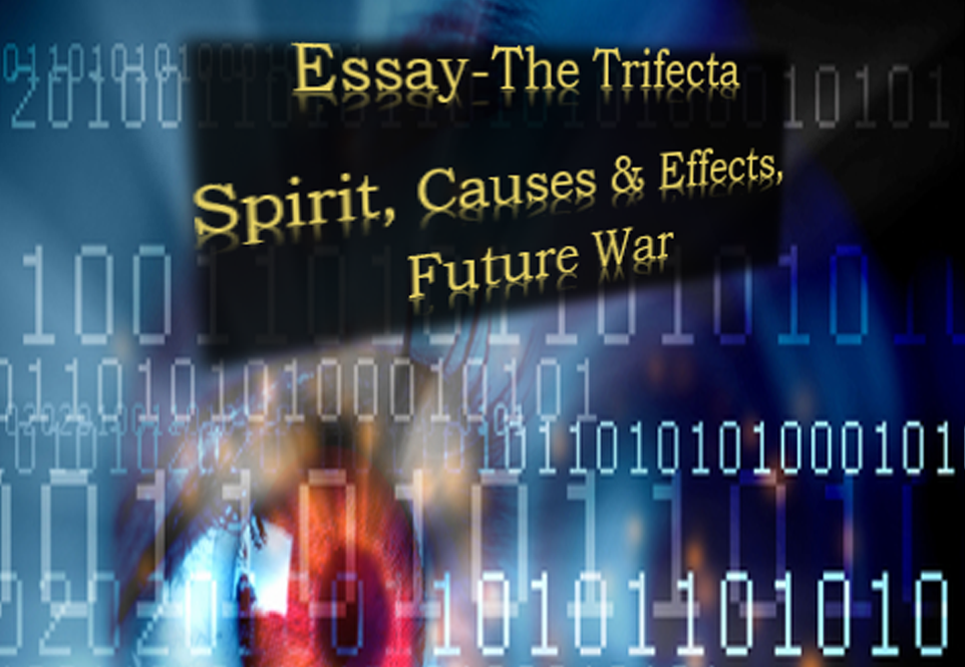The Central Issue
While reading Tolstoy’s War and Peace, I found some subjects requiring my attention I have not explored before now. The discovery burst into the recesses of my mind and demanded that I examine the collective spirit of groupings of soldiers, sailors, airmen, and marines, their government, and supporting people, their organizations, and their capabilities. Reading this book pushed my mind to think more about cause-link-effect relationships. And as I closed the last page in the book, I found my mind leaning in to think broader and deeper about war per se in the information age. I concluded beyond intellectual curiosity, I must capture my thoughts on this paper to lend a hand in solving problems facing America and its efforts to sustain our way of life.
I have thought about war and America’s well-being on and off for fifty-five years, with the most serious and deep thinking coming over the last 41 years since I graduated from the Army’s School of Advanced Military Studies (SAMS). I engage in such travail because I do not think planners, strategists, intelligence experts, and leaders understand the aspects of thinking required by the Information Age, to include: synthesis, connectedness, aggregations, imagination, relationships, fragmentation, coalescence, and holistic thinking. To excel in military planning and operations in the Information Age, one must possess these attributes to understand cause-link-effect relationships, the imperative of problem/challenge recognition and having the ability to plunge into the changing landscape of future wars and discern their implications. These subjects dominate this essay about the importance of the spirit of one’s army.
